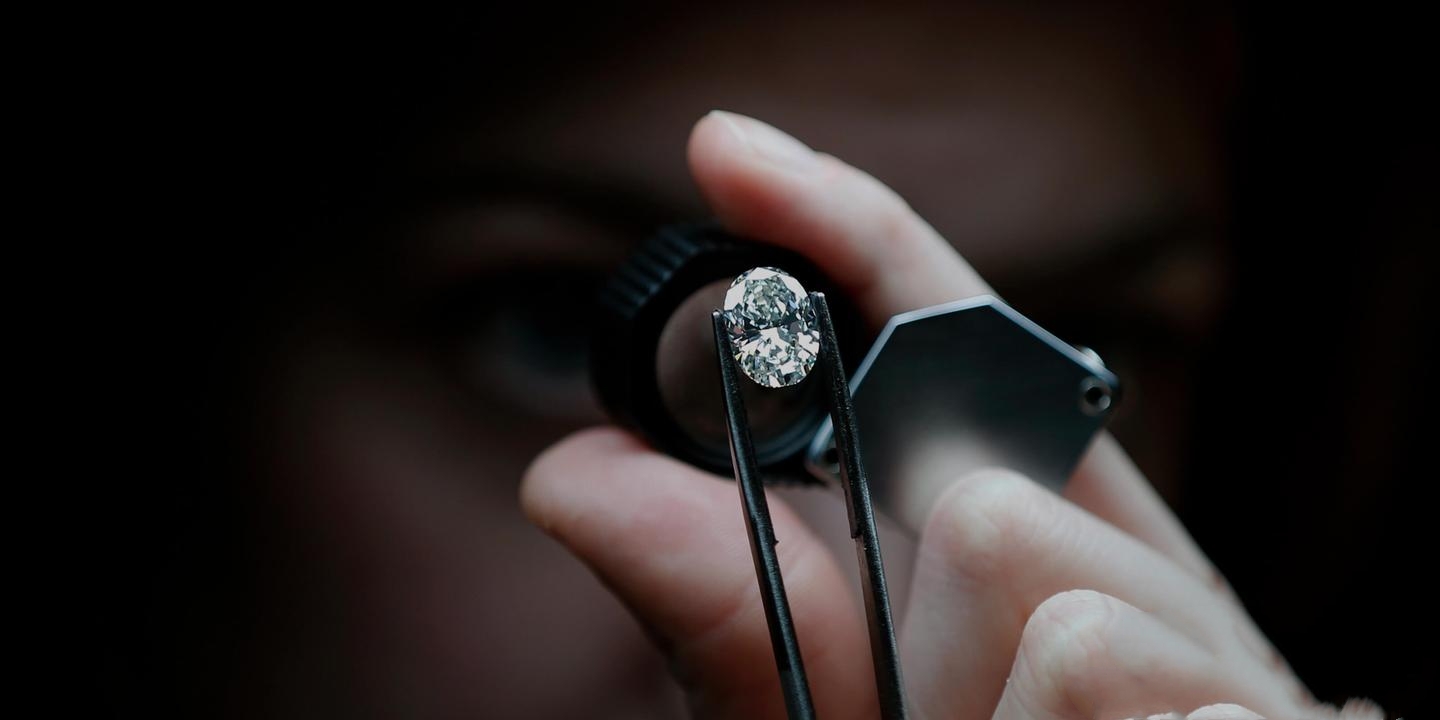Blood diamonds, also known as conflict diamonds, have become a symbol of the dark side of the diamond industry. These diamonds are mined in war zones and sold to finance armed conflict against governments. This article explores the history, ethical concerns, and the efforts made to eliminate the trade of blood diamonds, offering a comprehensive look at how they have affected the global jewelry market.
What Are Blood Diamonds?
Blood diamonds are diamonds that are mined in regions controlled by rebel forces who use the profits to fund their operations. The term “blood diamond” gained prominence in the late 1990s after it became known that the trade of these diamonds was fueling brutal conflicts, particularly in African nations such as Sierra Leone, Angola, and the Democratic Republic of Congo. The sale of these diamonds perpetuated violence, forced labor, and severe human rights abuses. Understanding what constitutes a blood diamond is crucial for consumers who wish to avoid contributing to this unethical practice.
The Impact of Blood Diamonds on Local Communities
The mining of blood diamonds has had devastating effects on local communities. Rebel forces often take control of diamond-rich areas, forcing local populations into labor under harsh and dangerous conditions. These workers are frequently subjected to violence, exploitation, and sometimes even death. In addition to the direct harm caused by the conflict, the surrounding communities also face the destabilizing effects of war and corruption. For many, the term “blood diamond” is a painful reminder of how the allure of wealth and the global demand for diamonds can lead to suffering.
The Kimberley Process: A Step Toward Ending Blood Diamonds
In response to the growing awareness of blood diamonds, the international community established the Kimberley Process Certification Scheme (KPCS) in 2003. The Kimberley Process was created to prevent the trade of blood diamonds by requiring that diamonds be certified as conflict-free before being traded internationally. Participating countries must adhere to strict guidelines designed to ensure that diamonds sold on the global market do not fund conflict. While the Kimberley Process was a step toward addressing the issue, critics argue that it has not been fully effective in preventing the trade of blood diamonds due to loopholes and insufficient enforcement.
How Blood Diamonds Are Smuggled Into the Market
Despite the efforts of the Kimberley Process, blood diamonds continue to find their way into the market. One way this happens is through smuggling, where diamonds are mined in conflict zones and then transported to countries that are not bound by the Kimberley Process regulations. These diamonds are often sold through illicit channels, bypassing legal controls meant to stop the trade. In some cases, diamonds from conflict areas are mixed with legitimate diamonds, making it difficult for consumers and even retailers to distinguish between them. The continued presence of blood diamonds in the market highlights the ongoing challenge of curbing this illegal trade.
The Ethical Implications of Purchasing Blood Diamonds
The purchase of a blood diamond carries serious ethical implications. When buying diamonds, consumers may unwittingly contribute to violence, exploitation, and environmental degradation in regions affected by the trade. Many people are unaware of the origins of their diamonds and the atrocities tied to their mining. As awareness of blood diamonds has grown, ethical concerns have led to an increasing demand for transparency in the diamond industry. Consumers are now more interested in purchasing diamonds that are certified as conflict-free, ensuring that their purchases do not support violence or human rights abuses.
Alternatives to Blood Diamonds: Ethical and Sustainable Options
In recent years, the jewelry industry has responded to the growing demand for ethically sourced diamonds by offering alternatives to blood diamonds. These include lab-grown diamonds, which are created in controlled environments and have the same physical and chemical properties as mined diamonds. Additionally, many jewelers now offer diamonds that are certified as conflict-free by third-party organizations, ensuring that they come from sources that do not fund conflict. Ethical sourcing practices are becoming more common, and consumers are increasingly choosing to buy diamonds that are responsibly sourced, avoiding the contribution to the harmful effects of blood diamonds.
The Role of Consumers in Combating the Blood Diamond Trade
Consumers play a crucial role in combating the blood diamond trade. By choosing to buy only ethically sourced diamonds, they can help reduce the demand for blood diamonds. It is important for buyers to research the origins of the diamonds they purchase and to ask retailers about the certification and sourcing of their diamonds. Many jewelers now provide information about the ethical sourcing of their products, and some even offer guarantees that their diamonds are conflict-free. Being an informed consumer and making ethical purchasing decisions can help diminish the market for blood diamonds.
The Ongoing Challenge of Eradicating Blood Diamonds
Despite efforts such as the Kimberley Process and the growing popularity of ethical lab grown diamonds, the trade in blood diamonds remains a persistent problem. Loopholes in international regulations, lack of enforcement, and ongoing conflicts in certain regions continue to allow blood diamonds to enter the market. The demand for diamonds, coupled with the greed and corruption in regions affected by conflict, means that eradicating the trade of blood diamonds will require continued vigilance and stronger regulations. It will also require greater transparency from the diamond industry as a whole to ensure that all diamonds sold globally are ethically sourced.
Conclusion: The Future of Blood Diamonds
The issue of blood diamonds is far from solved, but efforts to eliminate their trade continue to evolve. Consumers are becoming more aware of the ethical concerns surrounding diamond sourcing, and the demand for conflict-free diamonds is helping to reshape the industry. While significant progress has been made in terms of regulation and consumer awareness, the fight against blood diamonds is ongoing. Through continued advocacy, education, and responsible purchasing, it is possible to make a significant impact on the diamond industry and help eliminate the trade of blood diamonds for good.






